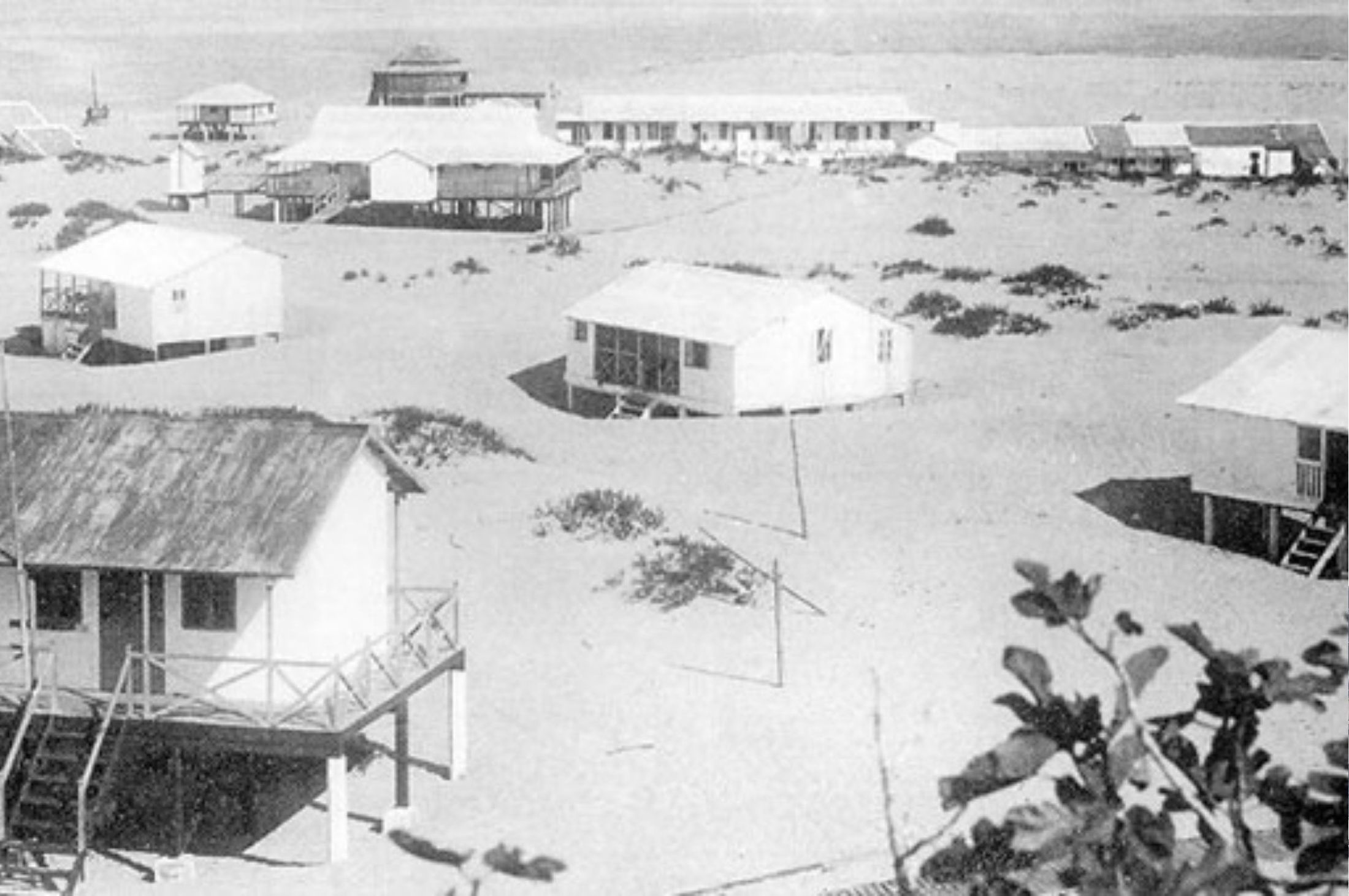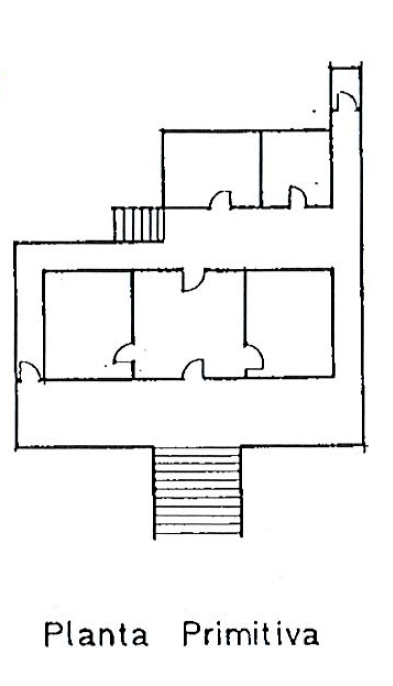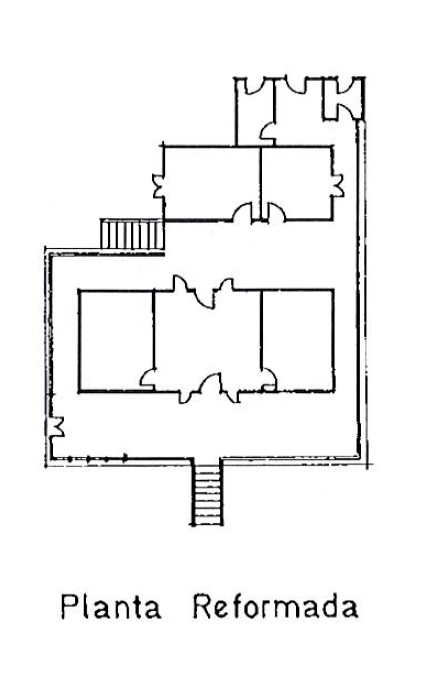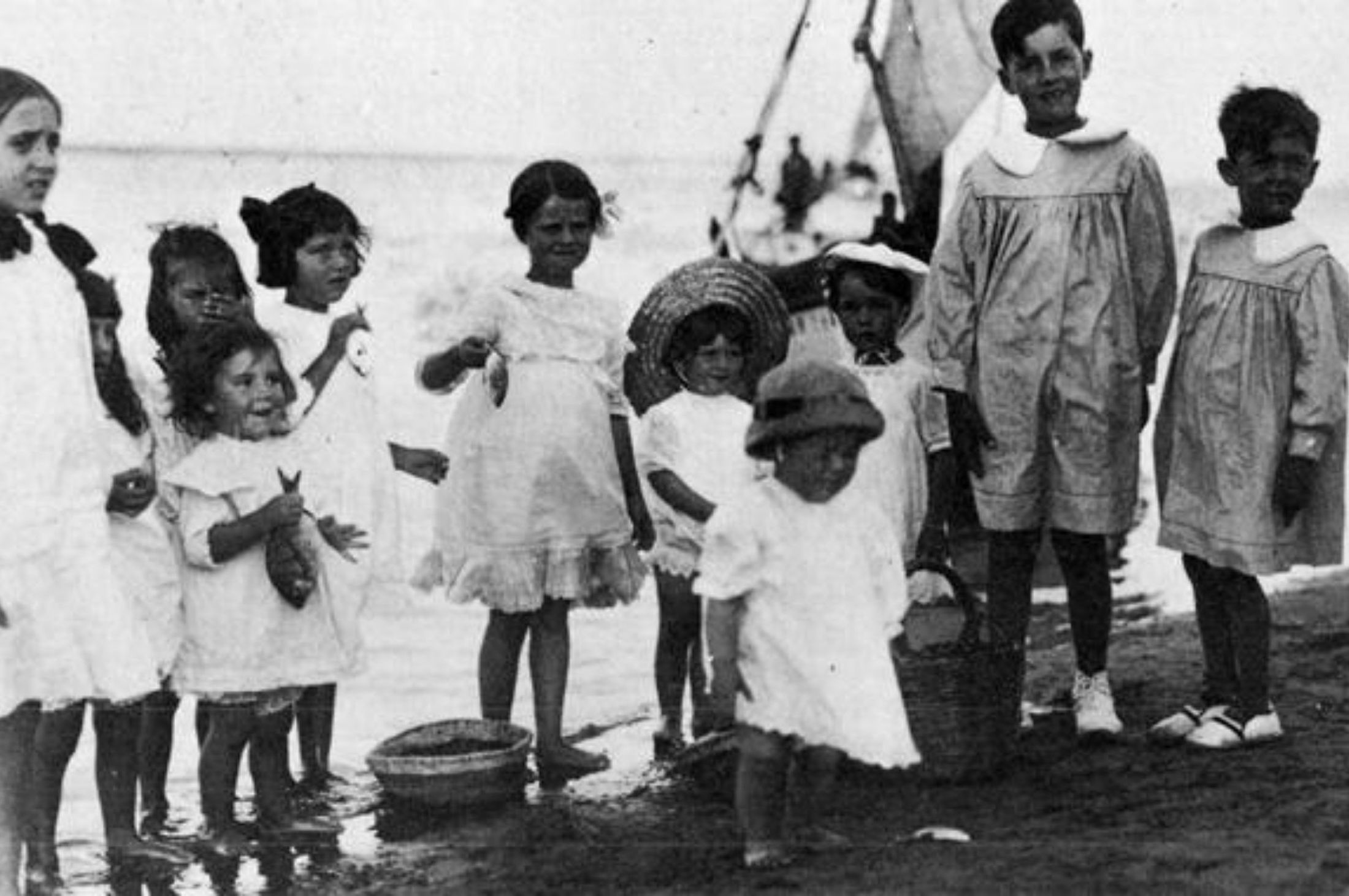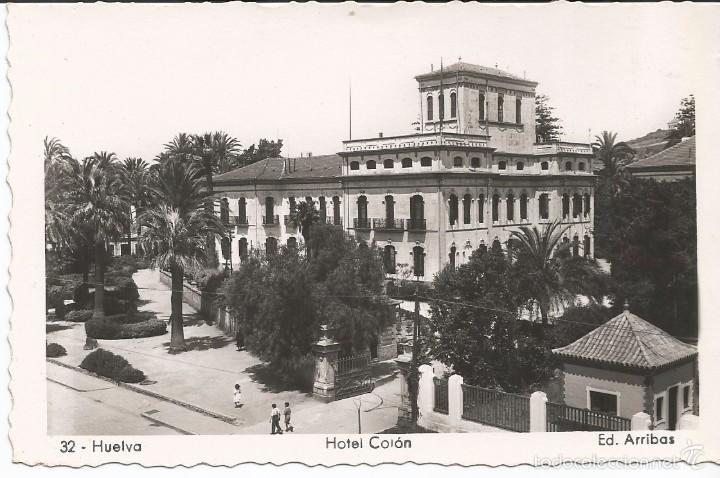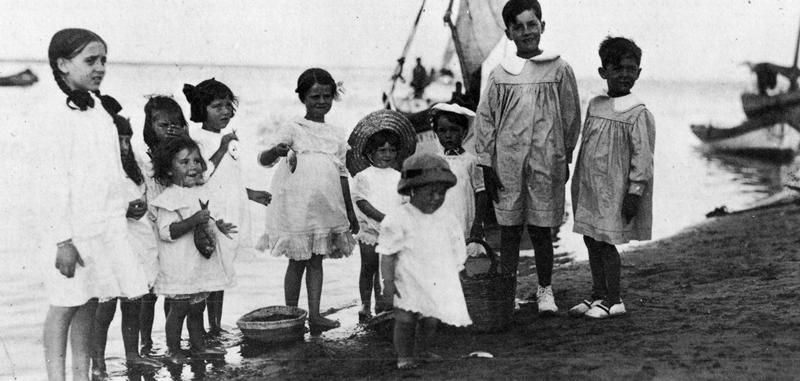Fernando Collado Lopez, from the PDP Design Team, writes about how 17th Century British architectural influences plus construction and engineering techniques boosted timber construction in the second part of a two-part article on English heritage in Southern Spain.
When it comes to weight, cost, upcycling and prefabrication, timber construction is at the top of the list.
From 17th Century Great Britain, new engineering techniques and tools boosted timber construction until the great fires of London pushed for the introduction of brick and mortar as the new standard.
Having a closer look at the construction scenario at the time, we could narrow down the timber construction types to a) Cruck House, b) Square Frame, c) Ornament house, d) Cladding house and e) The Weather-boarded house. The latter type was chosen for Punta Humbria in Spain.
Weather-boarding was widespread by the end of the XVIII century in Hampshire, Berkshire and Essex and in some areas of Pembrokeshire and Herefordshire. The construction method was composed of boards of a standard length and uneven thickness so the bottom of the boards was thicker than the top which was fixed back, by wooden pins early on, and later on replaced by copper nails; copper which was often extracted at the mine in Huelva.
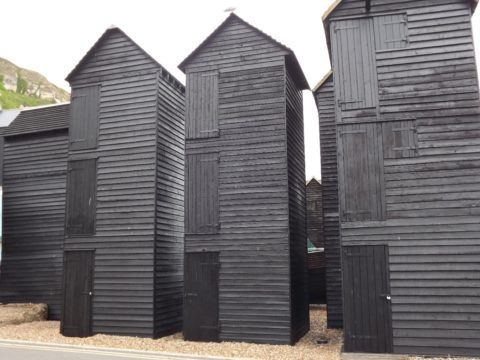
Due to their resistance to decay and durability, oak and cedar were the preferred timber. Later on, cheaper timbers were also used but these had to be treated with a coat of tar, like the original fishermen’s houses in the southern coast of England.
As mentioned earlier, the weather-board house type was rapidly replaced by brick and mortar in the UK, but it was still in widespread use across the Atlantic in North America.
This expansion on the American continent and the use of cheaper timber types, created the need for a protective coating for the timber. As a result of this, in London dozens of white lead paint factories sprung up across the river Thames to provide for the market.
In Huelva, this light, cheap and versatile construction method was implemented and altered with elements influenced by practices in the western colonies, so porches and verandas were added as well as stilt structures lifting the house above ground level, reminding the company officers of their colonial bungalows in the tropics.
Stilts and verandas suited the dunes and the maritime context on which the buildings where erected, so the concept was adopted rapidly and developed further by their inhabitants and by J.Clayton in 1957 for the Rio Tinto company. Making them perhaps better suited to the local weather by enclosing some of the verandas and adding new internal partitions.
Sadly, today none of the buildings erected have survived. But the character, and typology still resonates perhaps on the still existing beach bars ‘chiringuitos’ dotted across the southern coast of Spain.
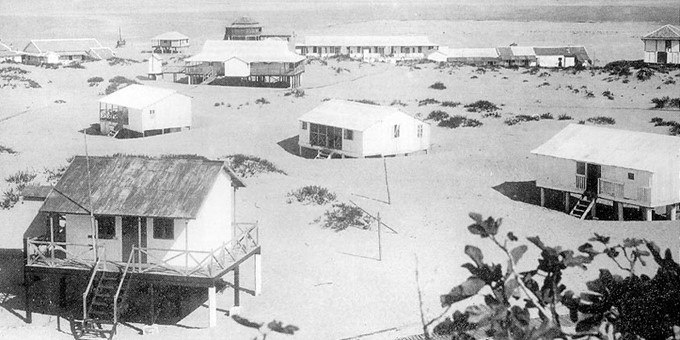
Below: Original layout (Left) Re-designed layout (Right)
Fernando Collado Lopez is an ARB registered architect who joined Planning & Design Practice in February 2019. Previously working in the private sector in a variety of practices and locations including United States of America, Spain and London.
